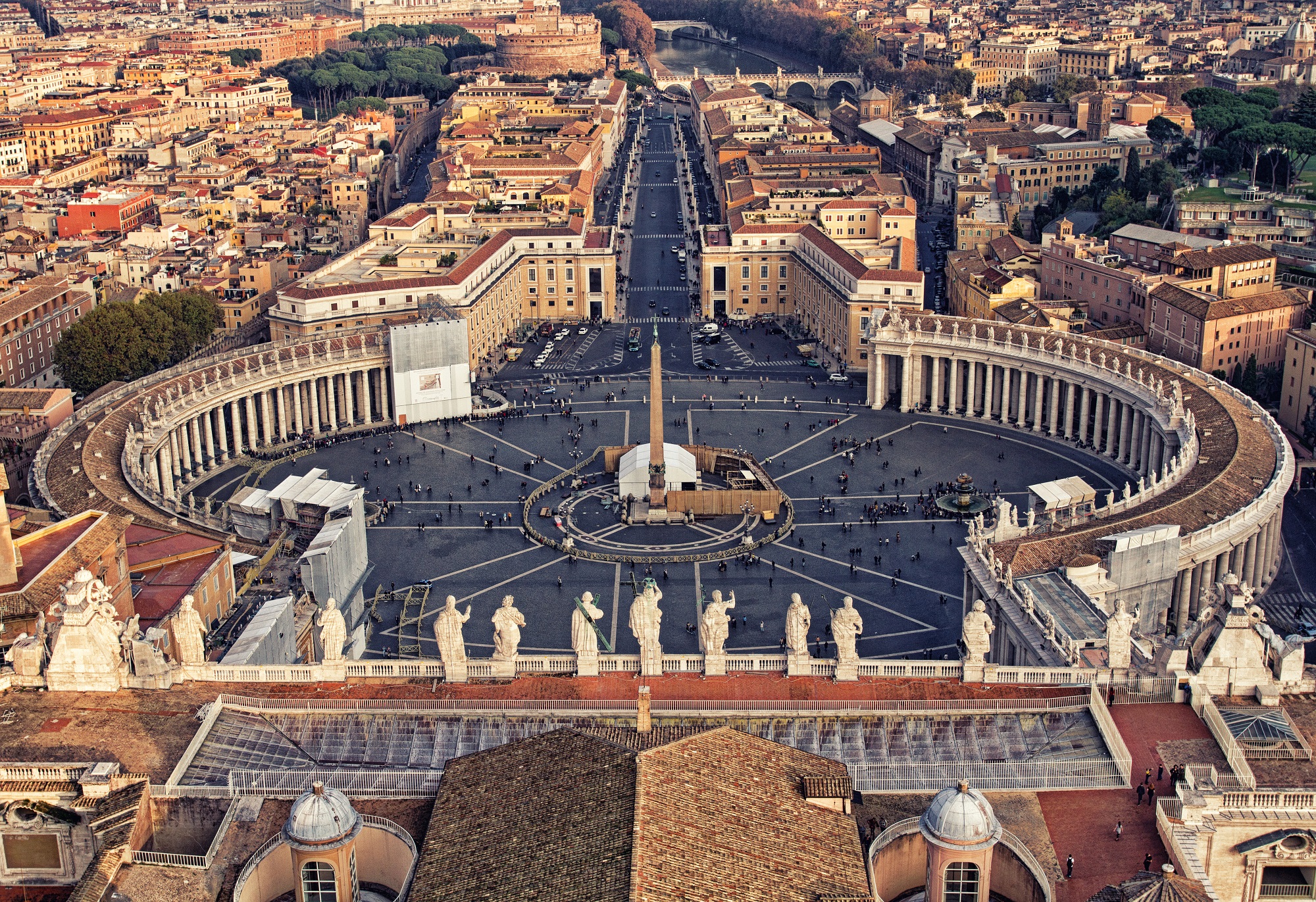A uniquely complex organization honed for more than twenty centuries, the Catholic Church is an illuminating study in management – irrespective of any ideological position for or against its doctrines.
In fact, during the Middle Ages, church institutions such as monasteries and cathedrals were the Silicon Valley of their day, the place from which knowledge was generated and sustained. The history of the Church is filled with events and decisions that have changed the world forever, schemes and plots, theological and intellectual disputes resolved with blood and iron.
In my recent book, 2000 Años Liderando Equipos (2000 Years of Leading Teams) [Kolima, 2020], I examine the many and varied ups and downs of the Catholic Church through the lens of management, and consider how the institution has been able to – through councils, conclaves, schisms, and internal and external conflicts – reinvent itself while holding on to its core business.
Much of this success has to do with innovation and leadership, and the Church’s keeping to a set mission of improving the lives of others, specifically of providing salvation. Thought leadership abounds within the Church, which gave birth to some of history’s best minds, from both a theoretical and an applied perspective: Augustine of Hippo, Bernardo de Claraval, Francis of Assisi, Domingo de Guzmán, Albertus Magnus, Thomas Aquinas, Thomas More, Francesc Moragas, José María Arizmediarrieta, Romano Guardini, Pedro Poveda, Karol Wojtyla, and Josef Ratzinger. And this is keeping the list to a few.
Just as Bill Gates, Sheryl Sandberg, Jack Ma, Elon Musk, and Amancio Ortega, are household names today, or at least taught at business schools around the world, the Catholic Church has its own similar roster of unique and well-known characters, whose lessons can still be applied at present. The Joyful Philip Neri, Second Apostle of Rome, was known – literally – for an enlarged heart and founded the Congregation of the Oratory, which focuses on charity. Pope Sixtus V was ambitious and full of big ideas, perhaps sometimes too grand, and the tenacious yet sensitive Maria Rosa Molas was lauded for establishing an order devoted to women and helping those on the periphery.
In addition to this early idea of the charismatic leader, the Catholic Church applied many innovative concepts that are still in practice today, but under names such as interim management, employer branding, fake news, deep news, and VUCA. Indeed, it was our forbearers who were the true innovators.
No other corporation has generated commitment comparable to the hundreds of thousands of followers of the Catholic Church, individuals willing to give everything up for their faith.
No other institution has had such a capillary influence over so many decades as the Catholic Church. Missionaries traveled to the highest mountains and reached the remotest parts of the Amazon rainforest with the idea to improve the lives of others, both in a material and spiritual sense. No other corporation has generated commitment comparable to the hundreds of thousands of followers of the Catholic Church, individuals willing to give everything up for their faith. And finally, no other institution has suffered and withstood so many persecutions, often stemming from hatred and perpetrated by movements from Nazism to Communism. These attacks failed because the members of the Catholic Church have a spirit of loyalty and resilience that would be the envy of any modern-day institution.
It is well known that the Catholic Church is not without its own questionable and sometimes simply criminal behavior such as the misdeeds of Marcial Maciel and Karadima. Furthermore, there are the sectarian characteristics of certain organizations within the Church that have used religion as a cover for spurious interests – and these have cast doubt on others within the institution. However, alongside the regrettable behavior of alleged revolutionaries like Luther, Calvin, Henry VIII, and Zwingli, there are numerous examples of inspiring, exciting leaders, capable of guiding countless individuals along creative paths.
As I have detailed previously in ¡Camaradas! De Lenin a Hoy (Comrades! From Lenin to Today) and El Management del III Reich (The Management of the Third Reich), the manipulators of the world (and there have been many, including Stalin, Lenin, Mao, Hitler, Pol Pot, Allende, Pinochet, the Castro brothers, Maduro, Stroessner) have always looked after their own interests, indulged in whims, grown their own riches, and lived better than and at the expense of others. And while the Catholic Church has and continues to harbor manipulators, the number of leaders it has produced is undeniable, from Roberto de Molesmes to John Paul II. Of course, being a leader does not imply never making a mistake – both of these Catholic leaders had their failings but, as far as it is known, their actions were never intentionally malicious or made with selfish intent.
History does not always repeat itself, but it does often rhyme, and this means that both admirable and reprehensible paradigms can be taken into account when leading and governing people today. The adventures of Charles de Foucauld, the explorer turned linguistic hermit in the deserts of North Africa or the follies of the excommunicated Girolamo Savonarola confirm that the world has always been a turbulent place.
Difficulties and distance between auctoritas (leadership) and potestas (power) do not come only from external forces but from within the Church as well. Take, for example the case of (Saint) Raphaela Mary and her sister Maria Dolores (Mother Pilar) who founded the Congregation of the Handmaids of the Sacred Heart of Jesus. After various misunderstandings and internal quarrels, the sisters essentially pushed Raphaela Mary out of her long-held position as Superior General in favor of Maria Dolores. Yet despite the tumult leading up to the change in leadership, the congregation still survives today thanks to the tenacity of hundreds of women who supported the project to offer quality education to female students.
Competition, conflict, and time have all worked to make the Catholic Church a complex organization. Indeed, every organization emerges as a start-up and then becomes increasingly bureaucratic. The Catholic Church is no exception. The key to surviving this evolution is to keep the essence and core of the business intact. In this sense, spin-offs are plentiful but the Catholic Church has maintained true to its mission. In fact, two millennia after its founding, in a world now in the process of being forever altered by the pandemic, the Church continues to resonate – and perhaps much of this has to do with the fact that its discourse remains unwaveringly focused on servant leadership.
Contemporary organizations would do well to heed the Catholic Church’s 2000 years of leadership experience. It would likely help them perform more effectively, both economically and socially, and the world just might be better for it.
© IE Insights.






